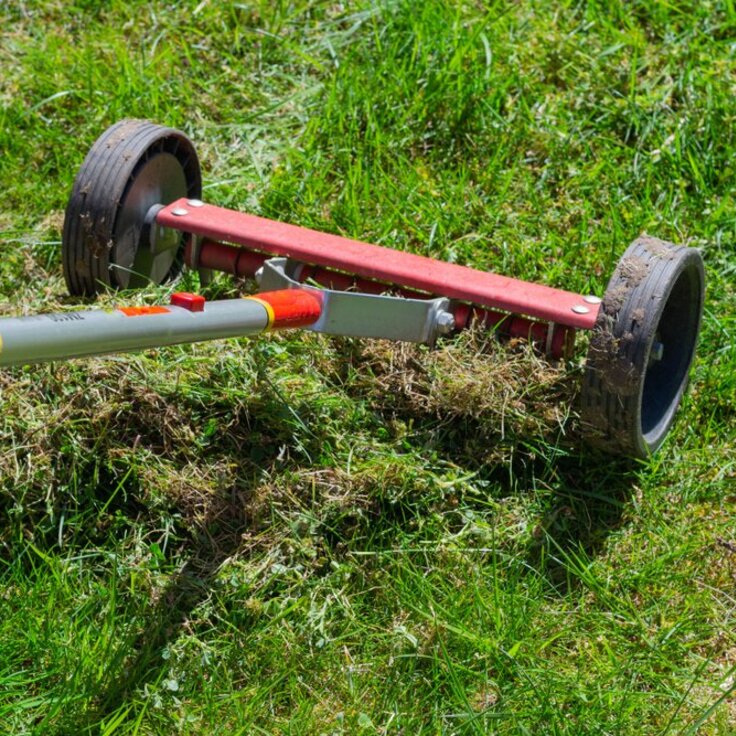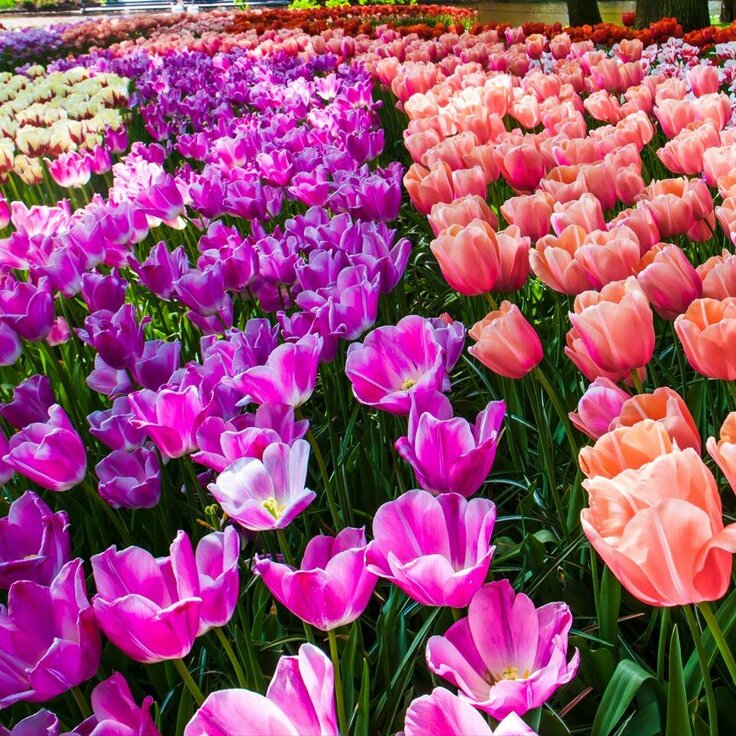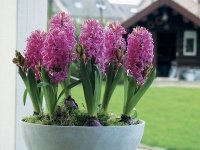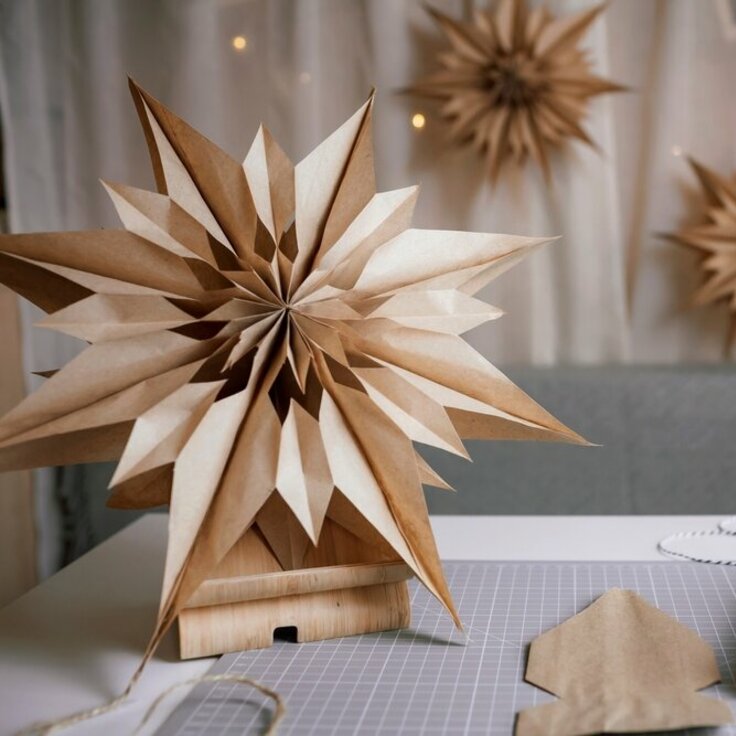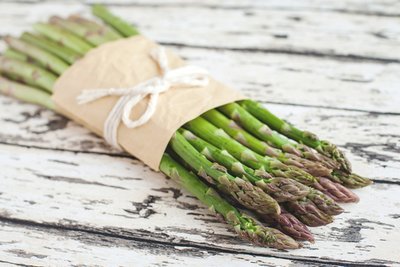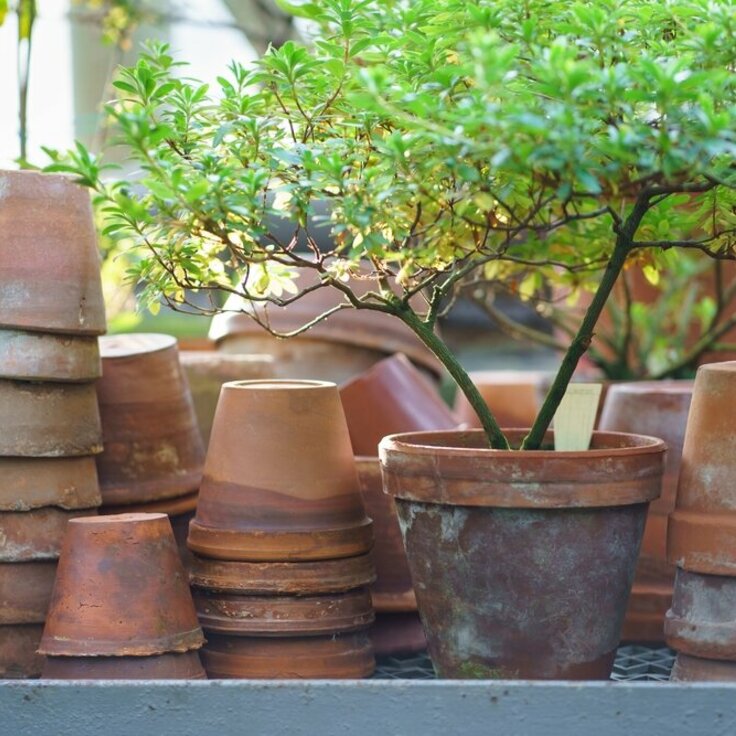Planting Spring Flowering Bulbs in the UK: A Guide to Blooming Success
As winter gives way to the warmth of spring, there's no better way to celebrate the changing seasons than by filling your garden with an array of vibrant colors and fragrant blooms. Planting spring flowering bulbs is a time-honored tradition that adds beauty and charm to outdoor spaces across the UK. Whether you're an experienced gardener or just starting out, this guide will walk you through the process of planting spring flowering bulbs for a breathtaking garden display.
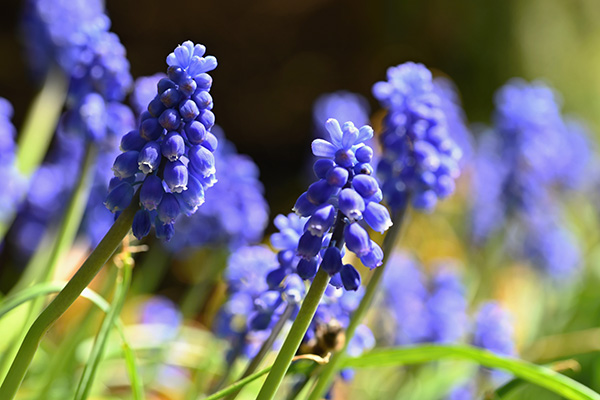
Choosing the Right Bulbs
Before you start planting, it's essential to choose the right bulbs for your garden. Popular spring flowering bulbs in the UK include daffodils, tulips, crocuses, snowdrops, and hyacinths. Each of these bulbs has unique characteristics, so consider factors such as bloom time, color, height, and sunlight requirements to ensure a harmonious and diverse display. Boma Garden Centre writes a lot about this in their blog as well.
Timing is Crucial
Timing is key when it comes to planting spring flowering bulbs. In the UK, the ideal time to plant these bulbs is in the autumn, typically from September to November. This gives them ample time to establish their root systems before the cold winter sets in, allowing them to burst into colorful blooms come spring.
Selecting the Right Location
Choose a planting location that receives adequate sunlight for your selected bulbs. Most spring flowering bulbs prefer well-drained soil that isn't waterlogged. Prepare the soil by adding compost or well-rotted manure to improve its structure and fertility.
Planting Depth and Spacing
The depth and spacing at which you plant your bulbs depend on the type of bulb you're working with. As a general rule of thumb, plant bulbs at a depth that is roughly three times their height. Larger bulbs like daffodils and tulips should be planted deeper, while smaller bulbs like crocuses can be planted closer to the surface.
Planting Steps
1. Dig a hole or prepare a planting bed that is suitable for the number of bulbs you have.
2. Place the bulbs in the hole with their pointed ends facing upward. Ensure that there is enough space between bulbs to allow for proper growth.
3. Gently backfill the hole with soil and pat it down to remove air pockets.
4. Water the area thoroughly to help settle the soil and initiate root growth.
Caring for Your Bulbs
After planting, it's important to care for your bulbs to ensure their success:
- Mulch: Applying a layer of mulch over the planted area helps conserve moisture, regulate soil temperature, and prevent weed growth.
- Watering: Keep the soil consistently moist but not waterlogged. Bulbs require more water during their growth phase and less once they begin to flower.
- Fertilizing: Once shoots emerge, you can apply a balanced, slow-release fertilizer to provide the bulbs with the nutrients they need.
Anticipating Blooms
As spring approaches, watch for the emergence of green shoots from the soil. These shoots will eventually develop into the vibrant flowers you've been waiting for. The sight of colorful blooms after the grey of winter is a truly rewarding experience for any gardener.
Embrace Spring's Beauty: A Guide to Planting Flowering Bulbs in the UK
Planting spring flowering bulbs in the UK is a delightful way to welcome the new season with a burst of color and fragrance. By selecting the right bulbs, planting them at the appropriate time and depth, and providing proper care, you'll be rewarded with a stunning garden display that brightens your outdoor space and brings joy to all who behold it. So roll up your sleeves, gather your bulbs, and get ready to create a garden masterpiece that celebrates the beauty of spring.


